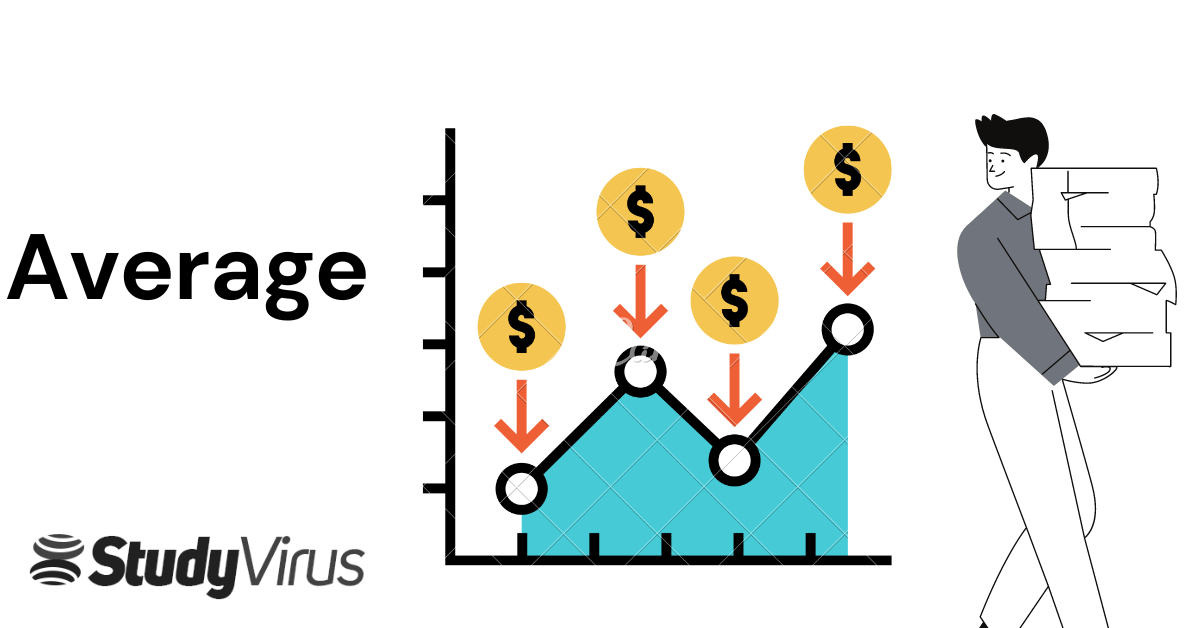There’s a rising trend of average aptitude questions, which many students often encounter in their preparation journey. Now, whether it’s an average math question you’re solving, or you’re particularly looking at average questions for SSC or average questions for bank exams, the formula remains your best friend.
But what is this formula? Simple. The average can be understood as the sum of data or observations divided by the number of observations. In other words, it gives you the middle ground, the central value. This central value concept is recurrent in many average questions, making it imperative for exam-takers.
Not just that, if you dive deeper, there are questions that deal with the weighted average too. Here, when two groups combine, knowing the average of each group won’t directly give you the combined average. Tricky, right? But don’t worry! With the right practice, especially with average questions for competitive exams, you can master this.
So, if you’re someone preparing for exams, especially if you’re focusing on average questions in Hindi, or targeting average questions for SSC and average questions for bank exams, remember the formula. And as you tackle each average aptitude question or any other average math question, you’ll realize the beauty and challenge they bring to the table.
Prepare well, focus on the topic, and let’s delve deep into the world of average questions. Whether it’s average questions in Hindi or English, they’re here to test your mettle. So gear up and aim for excellence!
Top 80 Most Asked Average Questions :
21. In a zoo, the entry fee for adults and children are Rs. 30 and Rs. 10 respectively. A 10 member family costs an average of Rs. 22. Find the total number of adults and children in the family.
एक चिड़ियाघर में, वयस्कों और बच्चों के लिए प्रवेश शुल्क क्रमशः 30 रुपये और 10 रुपये है। एक 10 सदस्यीय परिवार का खर्च औसतन रु. 22 है। परिवार में वयस्कों और बच्चों की कुल संख्या ज्ञात कीजिए।
22. The average of 12 numbers is 40. The average of the first seven numbers is 30 then finds the average of the remaining numbers?
12 संख्याओं का औसत 40 है। पहली सात संख्याओं का औसत 30 है तो शेष संख्याओं का औसत ज्ञात कीजिये?
23. Mean of 60 observations is 66. Later, it was found that an observation 24 was wrongly taken as 42. What is the corrected mean?
60 प्रेक्षणों का माध्य 66 है। बाद में यह पाया जाता है कि एक प्रेक्षण 24 को गलती से 42 लिया गया था। सही माध्य क्या है?
24. Find the average of all multiple of 5 from 243 to 572.
243 से 572 तक 5 के सभी गुणजों का औसत ज्ञात कीजिए।
25. A tenants consumed electricity first 10 days 10 unit/day next 10 days 20 unit/day and next 10 days 30 unit/day. What is the average unit consumed by tenants per day?
एक किरायेदार ने पहले 10 दिन 10 यूनिट / दिन अगले 10 दिन 20 यूनिट / दिन और अगले 10 दिन 30 यूनिट / दिन बिजली का उपभोग किया। प्रति दिन किरायेदार द्वारा उपभोग की जाने वाली औसत इकाई क्या है?
26. The average of a series of 21 numbers is equal to 43. The average of the first eleven of them is 33. The average of the last eleven numbers is 53. The eleventh number of the series is:
21 संख्याओं की एक श्रृंखला का औसत 43 है। उनमें से पहली ग्यारह संख्याओं का औसत 33 है। अंतिम ग्यारह संख्याओं का औसत 53 है। श्रृंखला की ग्यारहवीं संख्या क्या है?
27.The average age of four brothers is 14 years. If their father is also included, the average is increased by 4 years. The age of the father (in years) is:
चार भाइयों की औसत आयु 14 वर्ष है। यदि उनके पिता को भी सम्मिलित कर लिया जाए, तब औसत4 वर्षों से बढ़ जाएगा। पिता की आयु (वर्षों में):
28. The average of 3 numbers is 7 and the average of first two numbers is 4. What is the third number?
3 संख्याओं का औसत 7 है और उनमें से पहली दो संख्याओं का औसत 4 है। तीसरी संख्या क्या है?
29. Two classes M and N have average marks 25 and 40 respectively. The overall average obtained is 30. The ratio of the students in the class M and N is:
दो कक्षा M और N का औसत अंक क्रमशः 25 और 40 हैं। प्राप्त कुल औसत 30 है। तो कक्षा M और N में छात्रों का अनुपात क्या है?
30. What is the average of first six natural numbers, which are multiples of 3?
पहली छह प्राकृतिक संख्याओं का औसत क्या है जो 3 के गुणज हैं?

